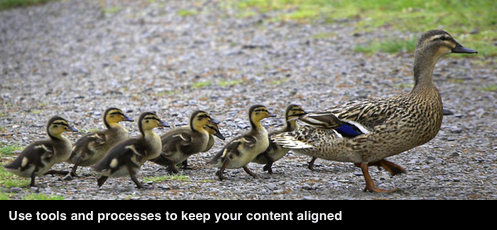Recent posts explained how to create evaluator-friendly proposals by adopting a consistent information structure and using proposal writer frameworks and prompts to assist writers in drafting logically sound, persuasive content.
Even if you do all of the above, you’re still not guaranteed high quality output. You also need to transfer this information to writers and then provide ongoing direction and support.
Start with a well-run kickoff
Schedule kickoffs to occur after the leadership team has built a win strategy, including how various elements apply to each section. See this four-part series on successful proposal kickoffs.
Provide each content developer with a section content planner and take time to explain how to use it when drafting content. Ask narratives writers to begin by analysing the requirements, known client issues and the win strategy for their sections and develop bullet point outlines of their responses.
Ongoing management
- Schedule a bullet-point review soon after kick-off to evaluate and approve each section analysis. Look for compliance, structure, use of win themes, claims that need more specifics and opportunities to replace text with graphics. Ask writers to revise and resubmit any substandard analyses for approval before beginning to write.
- Follow up on progress every day or two, to ensure the drafting is ongoing, and that it aligns with the approved section analysis. Use judgment in deciding how closely you monitor each writer, but avoid setting a two-week deadline with no follow up. We’ve seen too many long deadlines arrive with little or no content produced.
- Vary your follow-up focus. For efficiency, and to promote consistency, focus on one or two aspects of draft content during each review. For example, devote one review to structure, another to win themes, another to compliance, another to graphics and captions, etc.
- Review project sheets and resumes as received to ensure they include the required information and have focussed on experience and past successes that relate to the RFP project.
Dealing with pushback
If the proposal management and content leads are onside, pushback will be minimal.
Strong pushback may occur, especially if writers are used to simply lifting sections from previous proposals. To reduce this risk, select an important RFP—one for which warmed-over content won’t do.
Above all, avoid making exceptions. Insist everyone follow the plan.
The payoff
Section planners and prompts and close management make proposal development more consistent and predicable, improve quality and reduce the potential for last minute marathon drafting and editing sessions.
For most writers this planning and analysis process actually makes drafting easier by breaking the content into manageable chunks and reducing the likelihood of misunderstandings and major rewrites.


